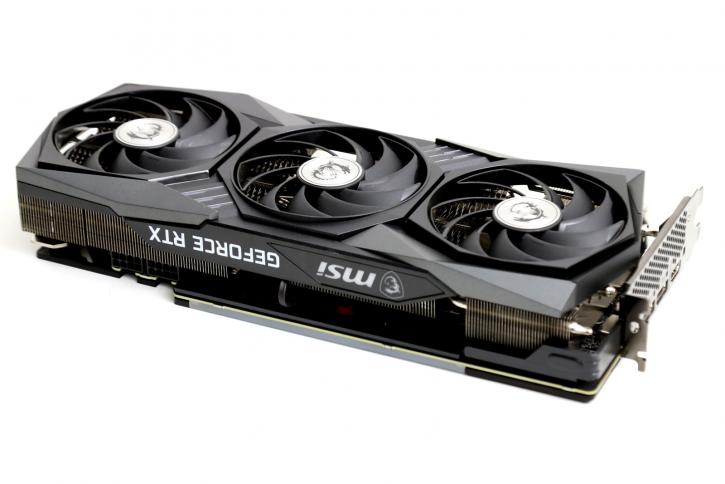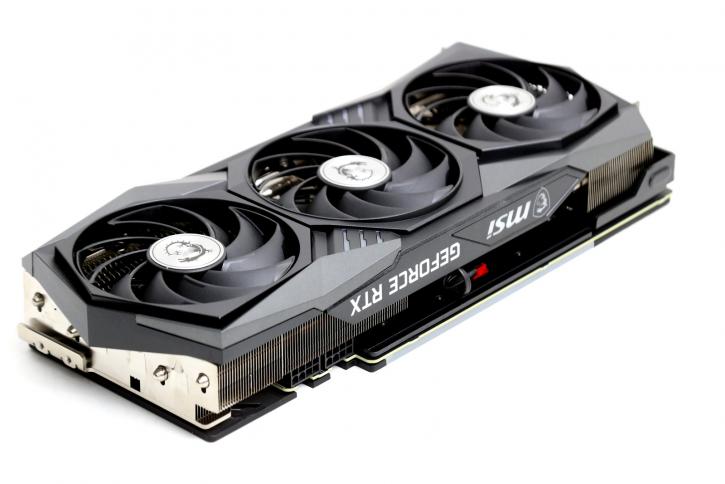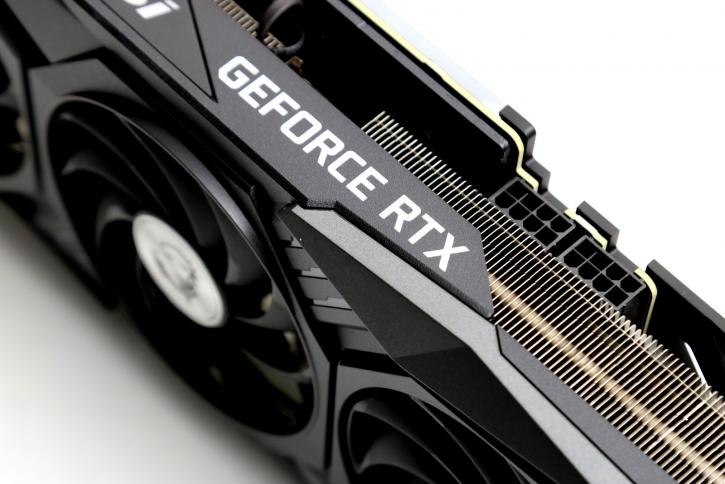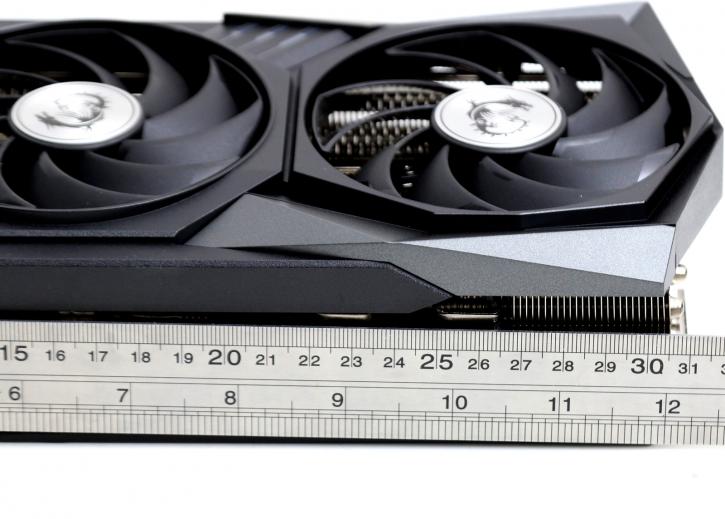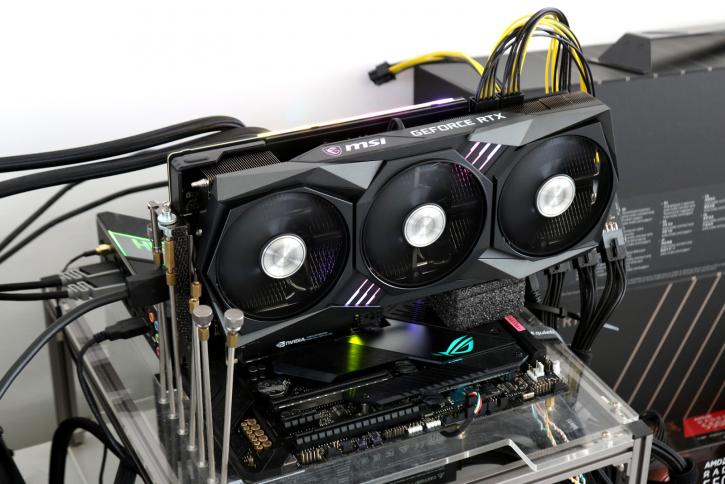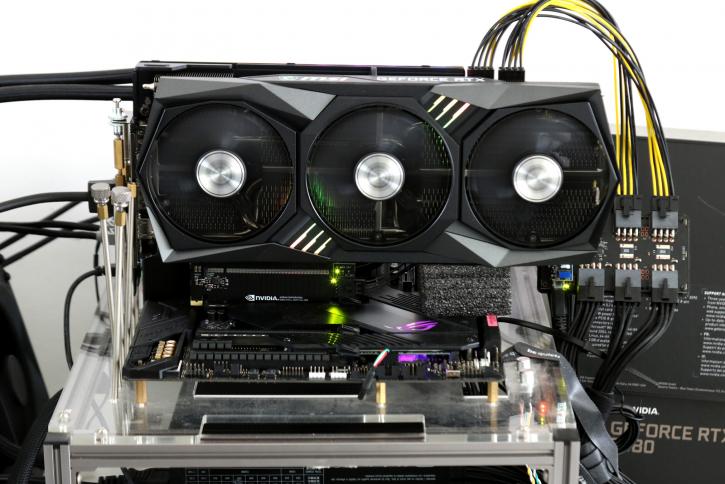Product Photos
Product Photos
The Ampere series will replace the Turing lineup, which will fade out of the market as these cards sit right on top of their prices yet are much faster.
- The reference 3060 cards have a peak boost clock up-to 1.78 GHz, with the base clock hovering in the 1.32 GHz domain.
- The reference 3060 Ti cards have a peak boost clock up-to 1.66 GHz, with the base clock hovering in the 1.41 GHz domain.
- The reference 3070 cards have a peak boost clock up-to 1.73 GHz, with the base clock hovering in the 1.50 GHz domain.
- The reference 3080 cards have a peak boost clock up-to 1.71 GHz, with the base clock hovering in the 1.44 GHz domain.
- The reference 3090 cards have a peak boost clock up-to 1.70 GHz, with the base clock hovering in the 1.40 GHz domain.
The card clocks in at a boost frequency of 1852 MHz. These are out-of-the-box configured clock frequencies. As mentioned, it weighs just over one and a half kg and is 2.7 slots wide, and its length is almost 32cm. As such MSI included a metal bracket should you need a bit more support. Other than that, it's the TRIO X look and feels that has built a reputation over the years. the backplate is graphene-based which reinforces the card further and also helping with cooling.
For those wondering, the graphics card sits higher (extended) due to a riser on the PCIe slot. We applied a new methodology to measure power consumption. That does, however, require some juggling acts with the cards.

